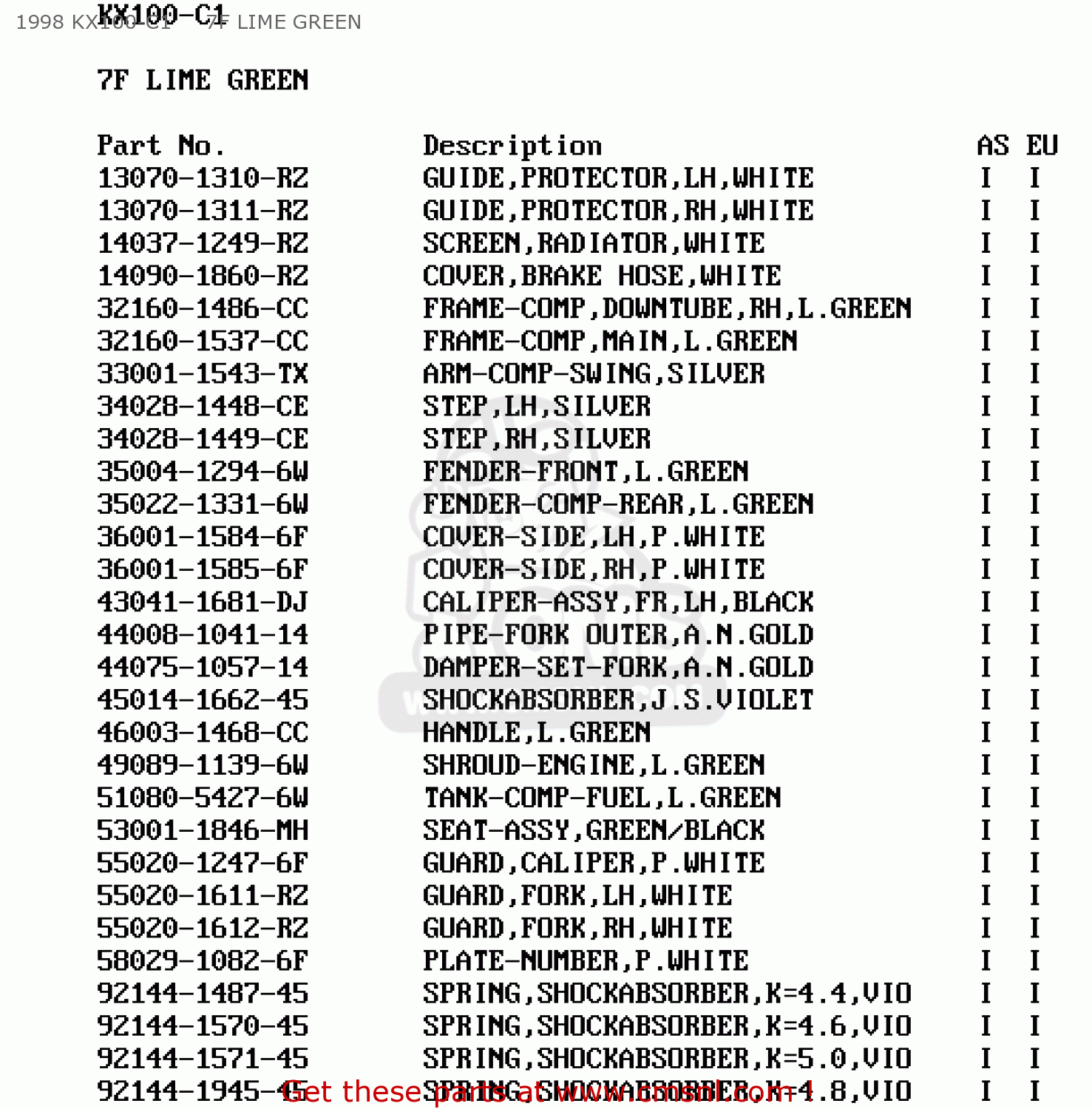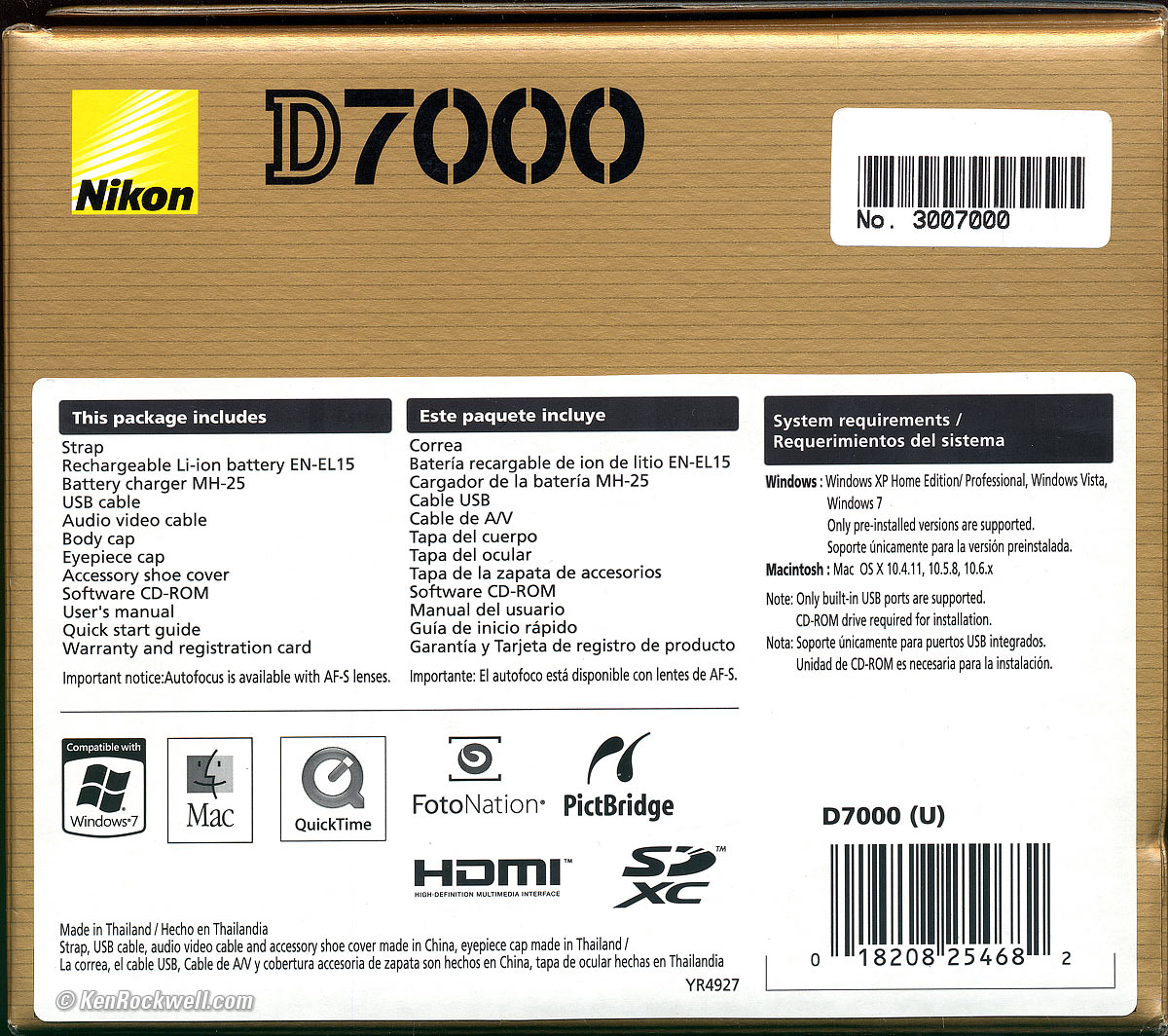

The FE shared the same flip-up AI ( Automatic Aperture Indexing) tab as the EL2 that allowed the mounting of older non-AI Nikkor Lenses, a feature that would be dropped from its successor, the FE2, and all future amateur Nikons aside from the Df DSLR. It was only with lenses that protruded into the mirror box that the EL2 held the advantage (the 6mm/5.6 Fisheye, OP 10mm/5.6 and the 2.1cm f/4 Nikkor-O with serial #s above 225xxx being the only Nikkor lenses that required this that could be mounted on an EL2 or any other Nikkormat, for that matter). True, there was no longer a dedicated mirror lock up (MLU) control, but the FE would pre-fire the mirror if you used the self-timer, so that was not too much of a loss. The FE had lower power consumption and used the more economical and common SR44 (357) batteries versus the 544 silver-oxide or PX28L lithium cell that the EL2 required. It's not hard to see why, as the FE could do virtually everything the EL2 could and with almost 200 grams (7 oz) less weight. Although the EL2 was available until 1980, from the time that the FE debuted in April of 1978, EL2 sales declined precipitously. The two shared the same IC (integrated circuit), viewfinder layout, and exposure meter. The EL2 was basically a stop-gap measure until Nikon could get the FE into production. a proper AE lock that allowed the photographer to fix exposure and recompose quicklyįor a moment, let's take a closer look at the relationship of the FE versus the EL2, which was released in May 1977 along with the FM.fully adjustable exposure compensation of +/- 2 EV ( Exposure Value) versus a single +1.5 EV override switch.accessory motor drives (the MD-11 & MD-12) capable of up to 3.5 fps (frames per second) versus a power winder that topped out at 2 fps.a more informative viewfinder, which showed both the set shutter speed and aperture setting along with the meter's recommendation for exposure.interchangeable focusing screens (there were three: the standard K, the all-matte B, and the grid/matte E).sync speed of the AE-1 and its horizontal-travel shutter a more advanced vertical-travel shutter with a 1/125 sec.To go along with its more solid construction, the FE also had the following features that the AE-1 lacked: This was evident in its 25% price premium over the AE-1. But Nikon was not just making a Canon clone, they positioned the FE as a true enthusiast SLR (just as the EL2 had been) versus the more consumer-oriented AE-1. Nikon also adopted the concept of seeking to simplify construction and partially automate assembly ("Value Engineering" in Nikon-parlance).

On a spec-sheet there is very little to separate the two and the FE did not bring anything revolutionary to the table like the Canon had done. The FE weighs exactly as much (590 grams) as the AE-1 and is one millimeter wider and one and a half millimeters taller than the Canon. The influence of the AE-1 is unmistakable. This factor, along with the downsizing trend that Olympus had started in 1972 with the OM-1, were the two driving forces that pushed Nikon to introduce a completely new enthusiast line of SLRs in both mechanical ( FM - 1977) and electronic ( FE - 1978) forms to replace the Nikkormat generation (1965-80). Canon's purpose in doing so was to facilitate partial automation of the assembly process, thus reducing overall cost. This was not much of a worry for Nikon until 1976, when Canon debuted its AE-1 featuring the most modular design the SLR industry had seen up to that point. While this characteristic made the Nikkormats among the toughest SLRs of all time, it did increase the amount of labour that it took to assemble the cameras, as single pieces or very small sub-assemblies had to be placed into that part of the chassis in a specific sequence. This was due, in no small part, to their construction, wherein the mirror box and front panel were a single casting. The Nikkormats (in mechanical or electronic configuration) were Nikon's enthusiast-level bodies, and had a sterling reputation for rugged reliability.

Nikon's original electronically-controlled SLR was born as the Nikkormat EL ( Electronic & Light) in 1972 (there would eventually be three iterations the EL-W & Nikon EL2 followed the original in 19, respectively).


 0 kommentar(er)
0 kommentar(er)
